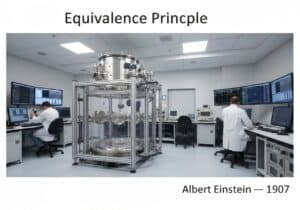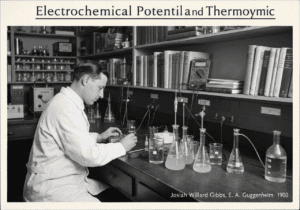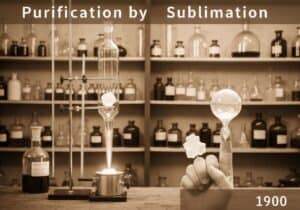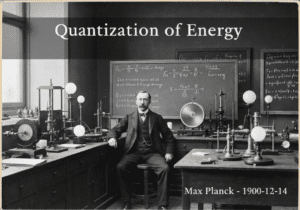The color temperature is a characteristic of visible light that measures its hue on a scale from warm (yellowish) to cool (bluish). It is defined as the temperature of an ideal black-body radiator that radiates light of a comparable hue to that of the light source. The unit of measurement is kelvin (K).
Color Temperature
- Max Planck
The concept of color temperature is fundamentally derived from black-body radiation, a phenomenon described by Max Planck in 1900. A black body is a theoretical object that absorbs all incident electromagnetic radiation and, when heated, emits radiation with a spectral distribution dependent only on its temperature. As the temperature of this black body increases, the light it emits shifts from red, to orange, to yellow, to white, and finally to a bluish-white. This sequence of colors provides a one-dimensional scale to characterize light sources.
For example, a traditional incandescent bulb, which works by heating a filament until it glows, is a close approximation of a black-body radiator. Its warm, yellowish light has a color temperature of around 2700 K. In contrast, the midday sun, which appears as a neutral white, has a much higher color temperature of about 5500-6500 K. This scale is counter-intuitive to cultural associations of color, where red is ‘hot’ and blue is ‘cool’. In physics, a higher color temperature corresponds to a ‘cooler’, more bluish light. This metric is only truly applicable to light sources that have a spectrum similar to a black-body radiator.
类型
中断
使用方法
前体
- 基尔霍夫热辐射定律(1859 年)
- 斯特藩-玻尔兹曼定律(1879年)
- 维恩位移定律(1893 年)
应用
- lighting design for homes and offices
- photography and cinematography white balance
- astrophysics for classifying the temperature and age of stars
- display calibration for monitors and televisions
- horticulture using grow lights with specific color temperatures
专利:
迎接新挑战
机械工程师、项目、工艺工程师或研发经理
可在短时间内接受新的挑战。
通过 LinkedIn 联系我
塑料金属电子集成、成本设计、GMP、人体工程学、中高容量设备和耗材、精益制造、受监管行业、CE 和 FDA、CAD、Solidworks、精益西格玛黑带、医疗 ISO 13485
历史背景
Color Temperature
(如果日期不详或不相关,例如 "流体力学",则对其显著出现的时间作了四舍五入的估计)。
相关发明、创新和技术原理





















